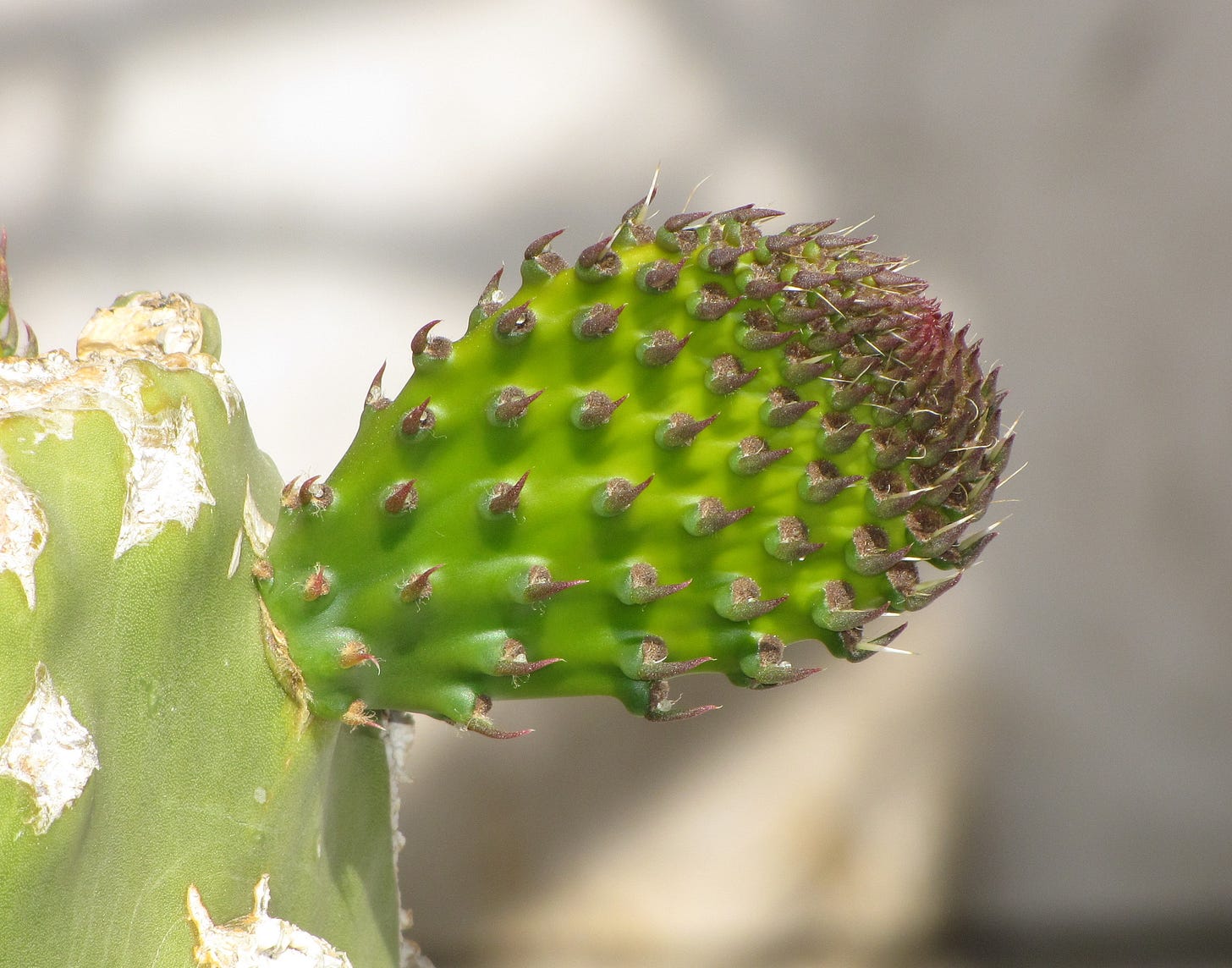#2
In which I leather leather

Greetings, fellow Terran!
This is the second edition of Greenwhile, a periodical highlighting some of the people, projects and companies concerned with one of the most complex challenges we've ever faced: how to get our shit together so the planet doesn't "shake us off like a bad case of fleas".
Before I begin, please keep the following in mind: there’s no such thing as a miracle.
While several works by St. John, St. Paul, St. George and St. Ringo may seem miraculous, in reality they’re simply the result of serendipity plus talent.
The same can be said about the breakthroughs in sustainability accomplished by scientists, engineers, policy makers and other industrious people. They need to be celebrated, no doubt about it, but they also need to be questioned.
Energy storage, for instance, is hailed as essential to move us towards decarbonisation. Nevertheless, we’re (mostly) stuck with lithium batteries – and to make these we need to either mine or recycle lithium, cobalt, nickel, etc.
See what I mean? Then put your (critical) thinking cap on. Today’s subject is thorny.
#LessOverallDamage
Plastic-based artificial leather sucks. Giving it a trendy name, such as vegan leather, faux leather or leatherette, won’t change that.
Made from polyvinyl chloride (PVC) or polyurethane (PU), its fabrication involves petroleum, a lot of energy and processes that produce toxic chemicals. It’s also not breathable or biodegradable, unlike animal leather. So why not stick to the real deal?
Be it a byproduct or a coproduct of the meat industry, when it comes to actual leather three things are certain: tanning it tends to involve toxic chemicals, especially when carried out in developing countries; quality leather comes from animals reared solely for this purpose; and the likes of JBS aren’t into this highly profitable business to minimise waste.
How profitable is it, though? According to Statista (paywall), “in 2016 the global market value of leather goods was worth approximately 217.49 billion U.S. dollars”. Since we can’t expect a multibillion dollar industry to disappear for the sake of mankind, we need as many sustainable alternatives as possible.
One of them is artificial leather made from the humble prickly pear, a group of cacti in the Opuntia genus. This approach is particularly interesting because the prickly pear, also known as nopal, is:
Perennial, with plantations lasting up to eight years
Abundant, as anyone who's ever watched Wile E. Coyote and the Road Runner would know
Extremely efficient in terms of water use
Easy to harvest without damaging the plant
Mexican entrepreneurs Adrián López Velarde and Marte Cázarez came up with the idea after noticing how the automotive, furniture and fashion industries – in which they worked – were harmful to the environment. So they left their jobs and started their own company, Adriano Di Marti.
It took them two years to develop Desserto, a material that is flexible, breathable, smooth, durable, partially biodegradable, and free of toxic chemicals. It can even be dyed naturally.
Following a successful debut in 2019 at Milan’s Leather Fair Lineapelle, the biannual international exhibition for all things hide, the Mexican duo secured partnerships with fashion brands Karl Lagerfeld and H&M. The latter is using Desserto as part of their Science Story project, the first of “a series of collections dedicated to promoting the use of new, more sustainable materials, technologies and production processes within the garment industry”.
Pie in the sky? Think again. Both Karl Lagerfeld and H&M aim to deliver goods manufactured with Desserto this month, i.e. March 2021.
#MultipleSolutions
If you find this subject fascinating (it really is!), check out: Piñatex, a leather-like material derived from pineapple leaves; Tômtex, derived from coffee ground and shell seafood waste; and my personal favourites, derived from fungi.
#LessIsMore
It’s worth mentioning: the best product is the one that’s already been made and that you already own. Chances are you don’t need yet another accessory or piece of clothing, no matter how green it is. 😉
Now... get off my lawn!
---
The first, second and third editions of Greenwhile were originally published on LinkedIn, between February and March 2021.

